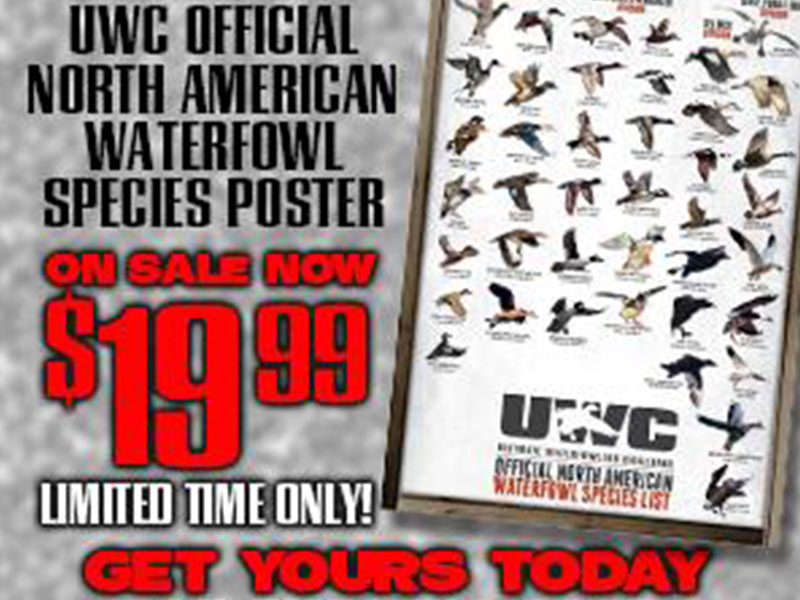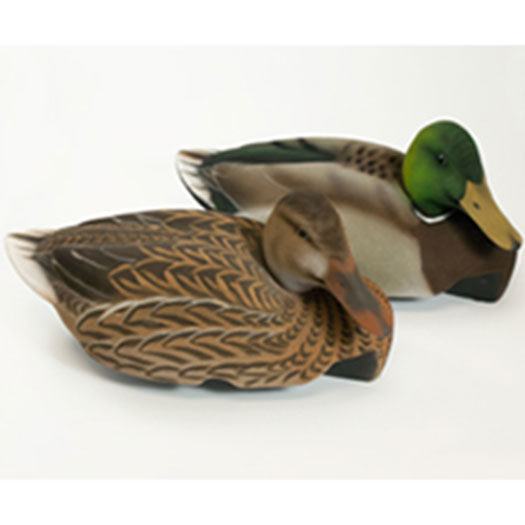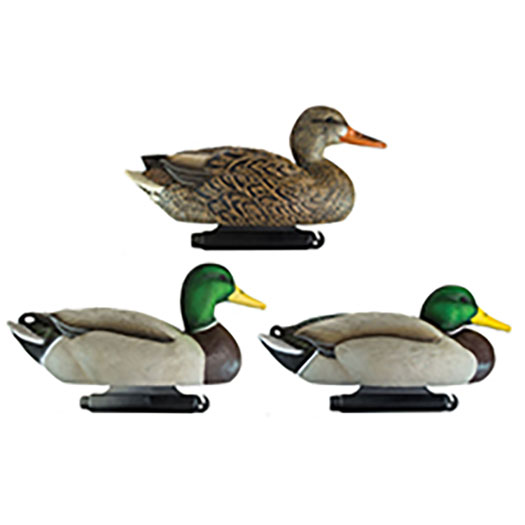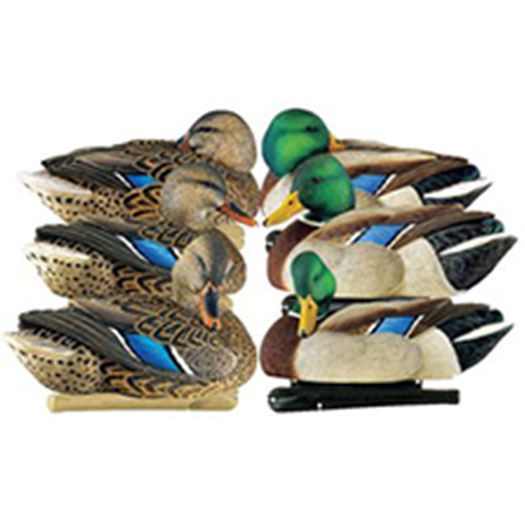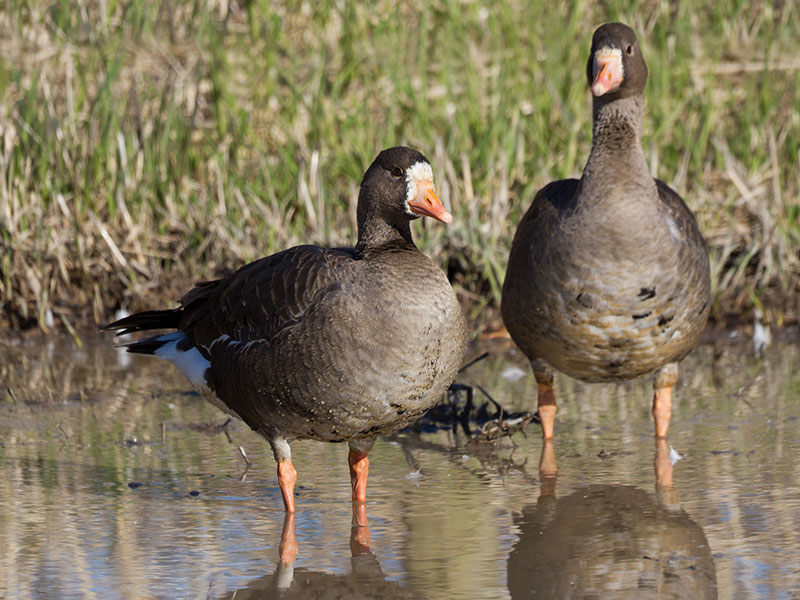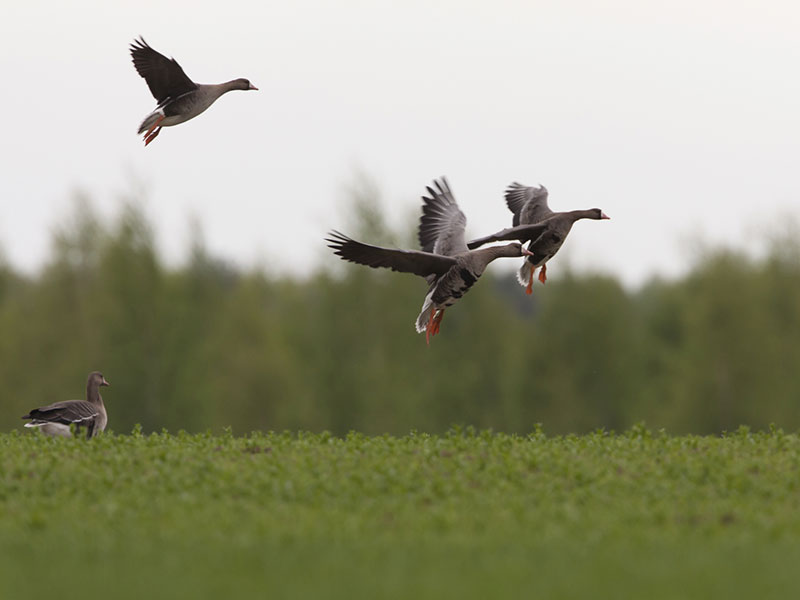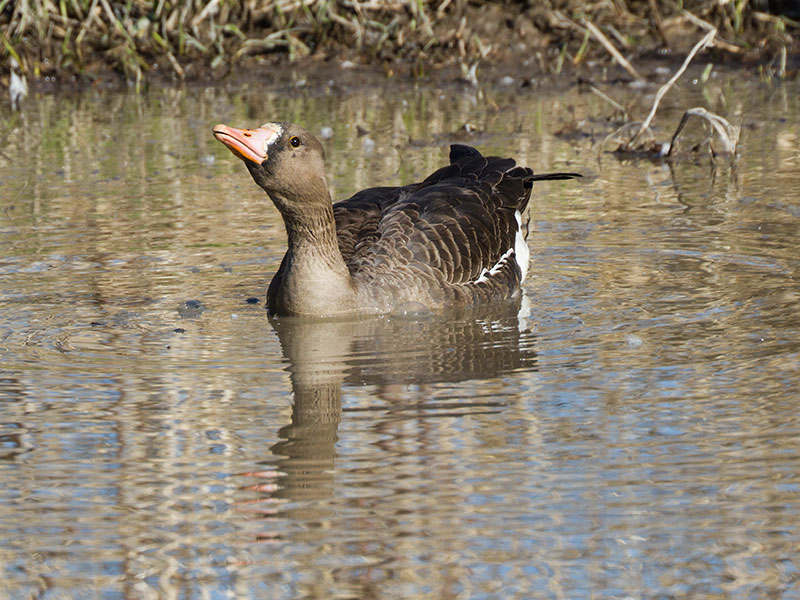White Fronted Goose Hunting
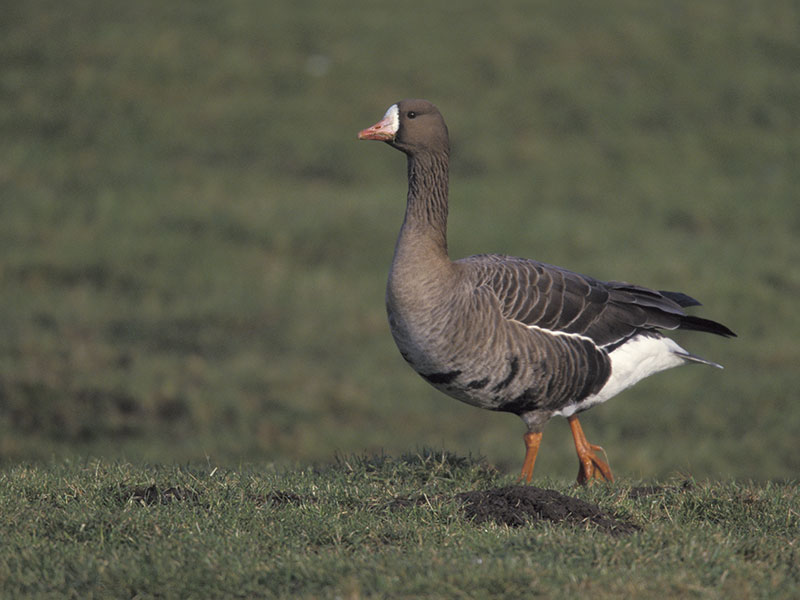
WHITE-FRONTED GOOSE
Anser Albifrons
Lifespan: 10 to 20 Years (Adult)
Higher Classification: Anser
Wingspan: 53.1 in (Adult)
Length: 25.2-31.9 in (Adult)
Weight: M 6.2 lbs, F 5.5 lbs
RELATED NAMES
- Specklebelly
- Laughing Goose
LOOKING TO BOOK A WORLD CLASS WHITE-FRONTED GOOSE HUNTING ADVENTURE?
DESTINATION #3:
SASKATCHEWAN GEESE & CRANES
Location: WESTERN, SASKATCHEWAN
Hunt Package: Click here for pricing
Featured Waterfowl Species: SANDHILL CRANES, SPECKS, SNOWS, HONKERS, MALLARDS
Possession Limits: 8 DUCKS, 8 DARK GEESE, 5 CRANES, 20 SNOWS / POSS: 3 X’S DAILY
HUNTING TIPS & TACTICS
White-fronted geese (better known as the Specklebelly Goose) is not the most popular waterfowl species to hunt, primarily due to the fact that the population is not as wide spread across North America as most of the other goose species. The majority of the White Front population tends to migrate down through western Saskatchewan, across the Dakotas and into Kansas and Missouri. Many of the birds end up wintering in Texas and Louisiana but on warmer winters may end up short stopping in Missouri and Kansas.
When hunting the Specklebelly goose, it is most common to find the birds mixed in with large flocks of Snow geese, and thus putting a mixed spread out of Snow geese and Specklebelly decoys often produces a successful hunt and alleviates the need for a large spread of Speckle belly specific decoys.
In fact many hunters only use a couple dozen Specklebelly decoys as an add on to their light goose spread and have excellent results, especially in Canada where the use of electronic game calls is allowed when hunting the light geese.
For those hunters who are interested in specifically targeting the Specklebelly species alone, a spread of 4 – 6 dozen decoys is plenty and as long as proper scouting is done prior to the hunt and blinds are camoed up properly, these geese can be hunted in a very similar style to hunting smaller flocks of Canada geese. In addition to that, when field hunting both Specklebelly geese and ducks together, the Specklebelly geese do not seem to flare off of the spinning wing duck decoys as much as the Canada goose does, so many hunters are likely to intermix a field spread of duck decoys and a couple spinners in with their Specklebelly spread. It is a good idea to split the goose and duck decoys apart though when trying this method of hunting.
The Specklebelly goose is also considered to be the best tasting goose on the table compared to the Canada goose and Snow goose. The adults can be easily identified in the air by not only their black barred chest, but also their high pitched “laughing” call.
In fact they are often referred to as the laughing Goose. Investing in a Specklebelly call is a great idea as they do respond very well to the call.
UWC OFFICIAL NORTH AMERICAN WATERFOWL SPECIES POSTER
$17.99
The UWC has put together a beautiful 19″ x 27″ Official North American Waterfowl Species laminated poster that showcases all 41 of the different waterfowl species that inhabit the lands and waters of North America!
Each waterfowl species listed in The UWC Waterfowl Species Poster comes with the common and scientific name for proper waterfowl identification.
RECOMMENDED DECOYS
UWC OFFICIAL SPECIES LIST

WHITE-FRONTED GOOSE
Anser Albifrons
Lifespan: 10 to 20 Years (Adult)
Higher Classification: Anser
Wingspan: 53.1 in (Adult)
Length: 25.2-31.9 in (Adult)
Weight: M 6.2 lbs, F 5.5 lbs
RELATED NAMES
- Specklebelly
- Laughing Goose
LOOKING TO BOOK A WORLD CLASS WHITE-FRONTED GOOSE HUNTING ADVENTURE?
DESTINATION #3:
SASKATCHEWAN GEESE & CRANES
Location: WESTERN, SASKATCHEWAN
Hunt Package: Click here for pricing
Featured Waterfowl Species: SANDHILL CRANES, SPECKS, SNOWS, HONKERS, MALLARDS
Possession Limits: 8 DUCKS, 8 DARK GEESE, 5 CRANES, 20 SNOWS / POSS: 3 X’S DAILY
HUNTING TIPS & TACTICS
White-fronted geese (better known as the Specklebelly Goose) is not the most popular waterfowl species to hunt, primarily due to the fact that the population is not as wide spread across North America as most of the other goose species. The majority of the White Front population tends to migrate down through western Saskatchewan, across the Dakotas and into Kansas and Missouri. Many of the birds end up wintering in Texas and Louisiana but on warmer winters may end up short stopping in Missouri and Kansas.
When hunting the Specklebelly goose, it is most common to find the birds mixed in with large flocks of Snow geese, and thus putting a mixed spread out of Snow geese and Specklebelly decoys often produces a successful hunt and alleviates the need for a large spread of Speckle belly specific decoys.
In fact many hunters only use a couple dozen Specklebelly decoys as an add on to their light goose spread and have excellent results, especially in Canada where the use of electronic game calls is allowed when hunting the light geese.
For those hunters who are interested in specifically targeting the Specklebelly species alone, a spread of 4 – 6 dozen decoys is plenty and as long as proper scouting is done prior to the hunt and blinds are camoed up properly, these geese can be hunted in a very similar style to hunting smaller flocks of Canada geese. In addition to that, when field hunting both Specklebelly geese and ducks together, the Specklebelly geese do not seem to flare off of the spinning wing duck decoys as much as the Canada goose does, so many hunters are likely to intermix a field spread of duck decoys and a couple spinners in with their Specklebelly spread. It is a good idea to split the goose and duck decoys apart though when trying this method of hunting.
The Specklebelly goose is also considered to be the best tasting goose on the table compared to the Canada goose and Snow goose. The adults can be easily identified in the air by not only their black barred chest, but also their high pitched “laughing” call.
In fact they are often referred to as the laughing Goose. Investing in a Specklebelly call is a great idea as they do respond very well to the call.
UWC OFFICIAL NORTH AMERICAN WATERFOWL SPECIES POSTER
$17.99
The UWC has put together a beautiful 19″ x 27″ Official North American Waterfowl Species laminated poster that showcases all 41 of the different waterfowl species that inhabit the lands and waters of North America!
Each waterfowl species listed in The UWC Waterfowl Species Poster comes with the common and scientific name for proper waterfowl identification.

